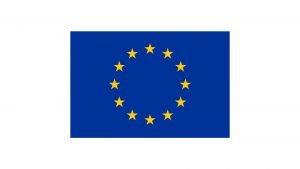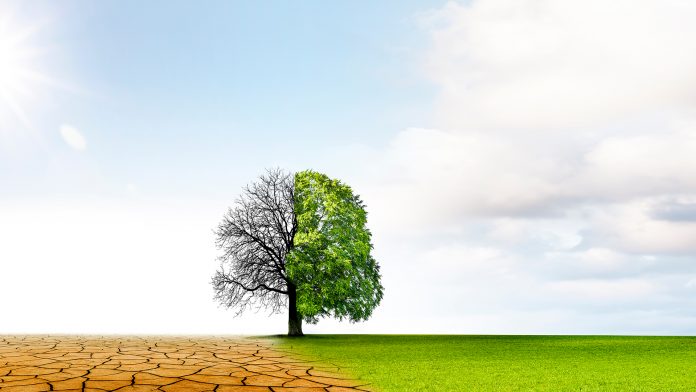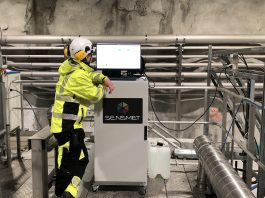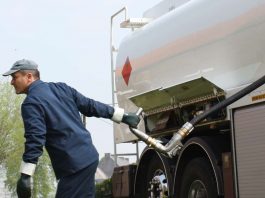An international research consortium is developing economic models and policies to facilitate the transition towards a zero-carbon economy.
Carbon concentration due to global greenhouse gas emissions continues to rise at an alarming rate, according to climatologists. It contributes to the phenomenon of climate change. Meanwhile, Member States of the European Union (EU) have coordinated their efforts to mitigate the effects of climate change in a policy package – the European Green Deal. It follows the adoption of the 2015 Paris Agreement, for which countries have to adopt concrete measures to fulfil their commitment.
Through their policies, European Member States have adopted measures to mitigate climate change causes. These measures concern the reduction of greenhouse gas emissions, the increase in the use of renewable energy, and the improvement of energy efficiency. Also, they support adaptation measures to limit the adverse costs of actual and anticipated impacts such as floods, droughts, and extreme weather events.
High economic costs can arise from climate change and policies that respond to it. Therefore, economic modelling provides policymakers with valuable insights into their policies. What are the economic and distributional impacts of climate change? Are policies economically efficient and politically viable? How can technological and social innovations contribute to the solution?
The Global Excellence in Modelling Climate and Energy Policies (GEOCEP) project tackles these questions. It will create a new generation of models, on both European and global scales, with the contribution of other social and natural sciences models. It will lead to comparisons of modelling approaches ranging from partial equilibrium to econometric and macroeconomic modelling tools. The project divides the research into four parts.
Social and technological innovation
Society constantly innovates, introducing new technologies to reduce carbon dioxide emissions and generate renewable energy. Following the introduction of these technologies on the market, users adopt some of them and adjust their behaviour.
Therefore, the first part of the research uses models of social and technological innovations. In climate and energy models, researchers examine consumer behaviour and preferences heterogeneity. They identify patterns in the adoption of advanced low-carbon technologies, as well as new business and service models.
Moreover, economic theories are being developed to explain how agents change their behaviour in response to climate change. Economic models also anticipate future development in renewable energy generation from wind, solar, and biofuels.
Integrated and hybrid modelling
Policymakers value having policy-relevant and actionable information about global environmental change. For this purpose, complex economic models provide a quantitative description of the interaction of human and natural processes.
The second part of the research focuses on integrated and hybrid climate change modelling. For example, integrated assessment modelling combines several socio-ecological models to capitalise on their synergies and complementarities.
Furthermore, researchers employ general and partial equilibrium models and computable available equilibrium models. One of the anticipated research results concerns the determinants of carbon pricing, which can be helpful for policymakers and acceptable to the public.
Health and environmental impacts
Climate change, by affecting the environment, also affects populations’ living conditions and health. Hence, the third part looks at health and environmental impact. Among other goals, the research aims to assess the economic and policy consequences of hurricanes, droughts, floods, and other extreme climate change events.
Also, the research examines the effects on the population’s health by reducing particle emissions and introducing renewable energy. It considers the option for people to adopt alternative lifestyles for transport and diet, which reduces individuals’ environmental impact. One of the most complex issues relates to the links between energy, water, and food with the generation of energy out of biomass.
Institutions and economic development
Regional, national, and international institutions have different scopes of action to manage climate change and facilitate the energy transition. Therefore, the final part of the research analyses each of these layers of political and economic institutions.
While observing the international policy arena, the research scrutinises multilateral environmental negotiations, particularly during the bi-yearly United Nations Climate Change Conferences. The analysis includes developing countries, whose emissions are primarily responsible for climate change, and developing countries, particularly for their increasing role in shaping international policies.
At the national level, researchers aim, among other things, to better understand the acceptability of climate change and energy policies by the public. And they consider the macroeconomic consequences of policies on business and investment. At the firm’s level, they look at the risk management and mitigation strategies they adopt to face climate change.
Examples of expected results from GEOCEP
The drivers of social and technological innovations
• Model of the adaptive behaviour of consumers and firms to minimise the adverse effects of climate change;
• Modelling energy demand and determinants of energy savings; and
• New business and services models of environmentally friendly and energy-efficient production and consumption.
Integrated and hybrid modelling of climate change
• Development of hybrid models, including linked bottom-up and top-down models such as CGE-TIMES;
• Energy system modelling of renewable energy resources, in particular solar, wind, bioenergy, and biofuels; and
• Impact of public policies such as carbon taxes, feed-in tariffs, flexible emission mechanisms.
Health and environmental impacts of climate change
• Economic assessment of extreme events related to climate change, such as hurricanes, droughts, floods, wildfires;
• Economic valuations of health effects caused by energy and emission-reduction activities; and
• Identification of the impacts on three interlinked supply securities of energy, water, and food.
Political economy, institutions, and development
• Examination of potential for co-operation in international environmental negotiations;
• Analysis of the distributive consequences of climate change impact and mitigation policies; and
• Policy recommendations on private sector risk management strategies, risk assessment, and risk insurance.
European Union policies
GEOCEP connects well with the recent European Union climate and energy policies. Indeed, the research outcome will be highly pertinent to the 2030 climate and energy framework, which identifies targets and policy objectives to be achieved by 2030. This framework set at least 55% cuts in greenhouse gas emissions (from 1990 levels), a 32% share for renewable energy, and 32.5% improvement in energy efficiency.
The research will also be relevant to several policy areas of the European Green Deal. This deal has ambitious objectives, such as making the European Union climate-neutral by 2050, having higher energy-efficient buildings, and generating clean energy.
Research carried out by GEOCEP will be essential in assessing European climate-related policy instruments, addressing the issue of fossil fuel subsidies and tax breaks, and proposing decisions on sustainable mobility, among others.
Acknowledgement

This article is part of a project that has received funding from the European Union’s Horizon 2020 research and innovation programme under the Marie Skłodowska-Curie grant agreement No 870245.
Please note, this article will also appear in the thirteenth edition of our quarterly publication.









